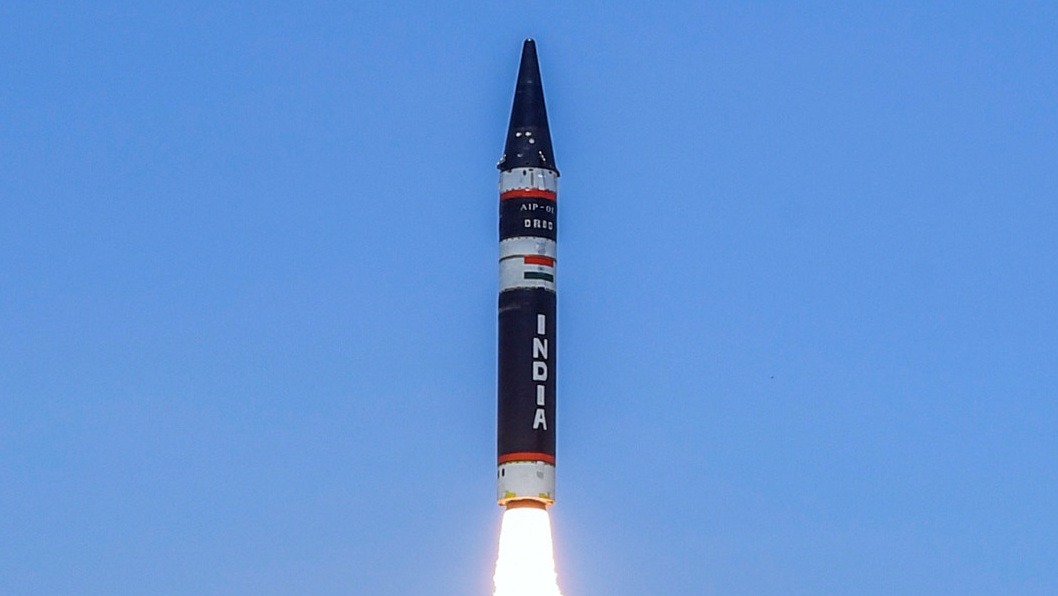25 Years After It Was Drafted, Why India's Nuclear Doctrine Still Remains Relevant
THE INDIAN EXPRESS
APLN Senior Research Adviser Manpreet Sethi writes for The Indian Express on India’s nuclear doctrine and argues that it stands out as a beacon of nuclear stability, even as the country’s neighbours are indulging in behaviour that encourages a cycle of hedging strategies and an arms race.
Within 15 months of its nuclear tests – Pokhran II — India was ready with a draft nuclear doctrine. On August 17, 1999, K Subrahmanyam, convenor of the first National Security Advisory Board (NSAB), a subsidiary body of the National Security Council, presented the document to Brajesh Mishra, the country’s first National Security Advisor. The document was made public so that the doctrine would, as then Prime Minister Vajpayee stressed, “be properly studied before it attains finality”. The draft doctrine did not receive the official stamp. However, the principles mentioned in it were reproduced in a press note that the government released after the doctrine was operationalised in 2003.
The draft nuclear doctrine transparently presented India’s conceptualisation of its role as a nuclear weapons state. It unambiguously declared a political role for nuclear weapons, directed the building of credible deterrence at the minimum level, and for a retaliation-only policy. These principles reflected sobriety and restraint and have since directed the structure of India’s nuclear force and its posture.
However, these principles were conceived 25 years ago. Has not the nuclear threat landscape changed since then? Closer home, Pakistan routinely resorts to shrilly projections of its “full spectrum deterrence” for first use. China appears to be undertaking an unprecedented expansion of its nuclear numbers and capabilities. Do these changes necessitate a revision of the guidelines adopted a quarter century ago?
Pakistan’s use of cross-border terror and China’s increasingly aggressive behaviour are certainly the two topmost security threats India faces. There is also the additional fear of the two countries coming together against India. Can India’s arsenal deter two nuclear-armed adversaries without a substantive accretion? Should India stick with the doctrine of credible minimum deterrence?
While India has abjured large-scale accumulation of nuclear warheads or the need to match those of the adversary, the draft doctrine does mandate a nuclear force that would be “effective, enduring, diverse, flexible and responsive”. Therefore, the numbers are a dynamic entity related to the strategic environment. India’s arsenal is growing at a measured pace every year and there is no need for panic on this front since nuclear deterrence is not a numbers game.
The full article can be accessed here.
Image: Wikimedia Commons

